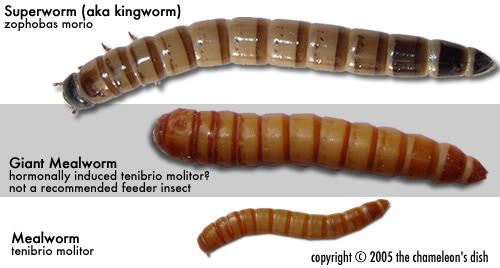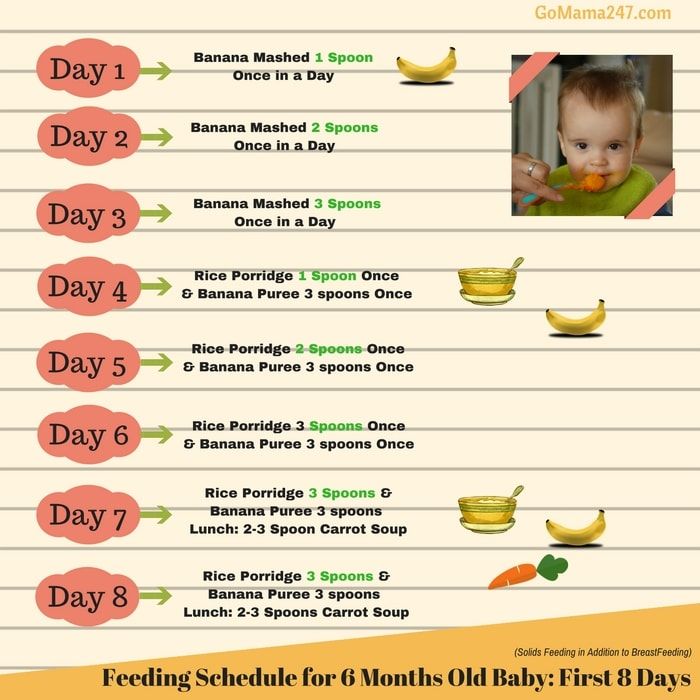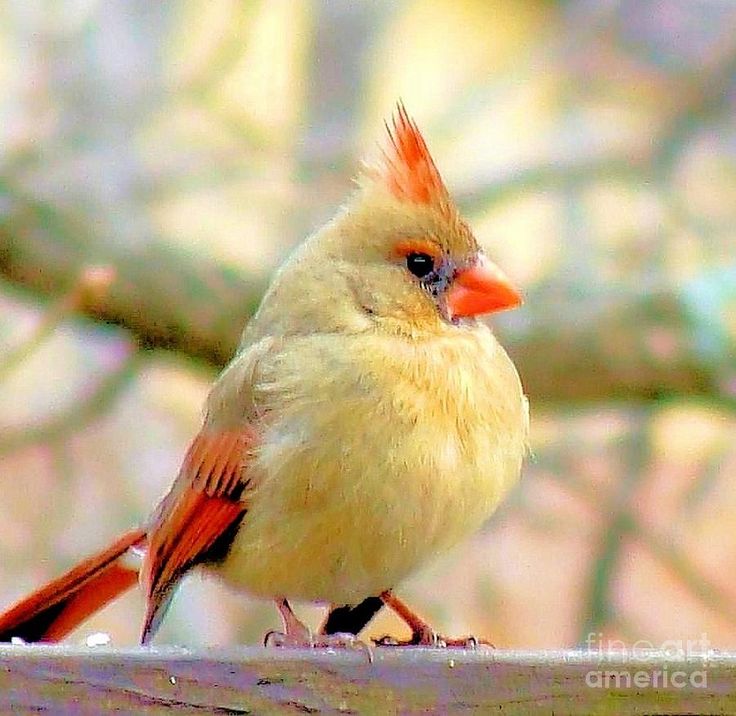Feeding baby bearded dragon mealworms
How Many Mealworms to Feed a Baby Bearded Dragon? Oh
I’m not really a reptile person, but my 8-year-old daughter is quite obsessed with them. She kept pleading for a reptile pet for Christmas.
Since I believe that having a pet (or two) teaches kids about commitment and responsibility, I researched to see what would be a good entry-level reptile pet for her.
The answer was a baby bearded dragon (aka beardie). They are hardy pets, easy to care for (while still teaching my daughter the lessons I wanted her to learn), and pretty laid-back.
I quickly dove into research as I wanted to know what beardies eat (and whether I could afford this pet).
One question that kept popping up was that about mealworms (also called superworms) and baby beardies, and whether these are safe to feed them.
I decided to call my exotic pet vet to find out, and this is what he had to say:
Table of Contents
How Many Mealworms to Feed a Baby Bearded Dragon?Never give mealworms to your baby bearded dragon. Mealworms are high in fat, meaning your beardie will put on weight and not get the nutrients it needs to grow. Also, mealworms don’t have adequate calcium to phosphorus ratio. The size of the mealworm can also cause internal blockages, impaction, and death.
Weighing up the Pros and Cons of Feeding Mealworms to a Baby Beardie
The larvae of beetles are called mealworms.
As food for lizard pet owners, these have several advantages:
- Easily stored
- They are easy to breed, making this an affordable food source for your lizard or beardie.
- If you need to buy mealworms, they are readily available in pet stores and online suppliers.
- They are a tasty treat.
However, there is more you need to know about mealworms before we consider whether this is a safe food option for a baby beardie.
High in Fat and Protein = Overweight and Unhealthy
The nutrient composition of mealworms is as follows:
- Carbohydrates: 3%
- Fat: 14%
- Ash: 1%
- Protein: 19%
- Moisture: 63%
While mealworms are relatively high in protein, they have nearly equally as much fat. This isn’t ideal as your beardie will suffer from malnutrition if they are fed on a diet of mealworms.
This isn’t ideal as your beardie will suffer from malnutrition if they are fed on a diet of mealworms.
Moreover, they will quickly become overweight, which means your beardie will be unhealthy.
Bad Calcium to Phosphorus Ratio
When you have a bearded dragon, looking at the calcium to phosphorus ratio in their foods (insects and veggies alike) is crucial.
Calcium is an important nutrient as it promotes healthy bone development, muscle contractions, and good reproductive health in female beardies.
Beardies need both calcium and vitamin D. The latter helps them absorb the former.
But too much phosphorus prevents vitamin D from doing its job, which in turn, means that calcium isn’t properly absorbed.
Ideally, the calcium to phosphorus for your beardie should be 1.5:1 or 2:1. Mealworms’ calcium to phosphorus ratio is 0.33:1, which is far too low.
Thus, mealworms should never be a major part of a beardie’s diet.
The Hard Shell
A big disadvantage of mealworms is their hard shell. This makes the superworm difficult to bite and chew.
For baby beardies, this tough exoskeleton is a big no-no.
The Chitin Coating
Mealworms have a chitin coating, which is insoluble fiber. However, baby beardies should not eat chitin-coated insects as it makes the insect difficult to chew and digest.
Your beardie could become ill with impaction.
The Size
If you buy your mealworms from the pet store, you’ll find that these are half an inch long.
This means that they are too big for baby beardies to swallow and it can cause internal blockages, which need veterinary treatment.
If the blockage is particularly bad, your beardie will need surgery, which is expensive.
Impaction can also happen. This is when your beardie’s digestive system is blocked by a semi-solid or solid mass, and your beardie won’t be able to poop.
So yes, it is constipated — badly!
With the baby bearded dragon not being able to pass this mass, it puts pressure on their spinal cord, and eventually, your beardie can die.
The Fight: Mealworm vs Baby Beardie
Mealworms are quite vicious. When a beardie hunts them at feeding time, the superworm will use stringing and biting tactics to try to survive.
Baby beardies are timid hunters, so a mealworm that’s aggressive may be too much for your beardie.
It won’t be able to attack and eat the mealworm as an adult bearded dragon would.
Frequently Asked Questions about How Many Mealworms to Feed a Baby Bearded Dragon
What’s the ideal feeding schedule for a baby bearded dragon?
Your baby beardie (under 3 months) should be fed 4-5 times per day, so they eat more often than an adult bearded dragon. Once your beardie is 3-6 months old, they should eat 3-4 times a day, while beardies older than 6 months should eat 3 times a day.
How much food should I feed my 2-month-old bearded dragon?
A beardie that’s 2 months old should be eating between 20-40 crickets per day as well as a good mix of veggies. 80% of their diet should be feeder insects, like crickets, while the remaining 20% should be vegetables, like kale, mustard greens, carrots, squash, pumpkin, parsnips, and collard greens.
The Final Beardie
I was grateful I could chat with my local exotic vet about baby beardies and their dietary requirements.
Now I could teach my daughter all about baby bearded dragons, what they need in their tank, and what they need to eat (and not eat).
As her baby beardie grows, we’ll regularly check in with the exotic vet to make sure the bearded dragon’s needs are fully met so it can thrive and live a long and happy life.
Best Worms For Baby Bearded Dragons (Mealworms + Worm List)
Are you a new bearded dragon owner looking to learn more about its diet?
Do you want to feed your bearded dragon the best food for a healthy life?
Then it’s essential to know all about the best foods for bearded dragons.
As omnivores, they need a balance of vegetation and proteins.
Proteins consist of insects and worms, and of these two, worms are the ones you probably know about the least.
So, what are the best worms for baby bearded dragons?
The best worms for bearded dragons are ones that are smaller than the space between their eyes, packed with healthy proteins and fats, and sold and farmed, especially for reptiles and bearded dragons.
Read on for more information on specific worms and how to take care of your baby dragon.
Table of Contents
Brief Overview Of Bearded Dragon Diet And Feeding
The exact varied diet you feed your bearded dragon depends on their stage in life.
Young bearded dragons need a diet with more live insects & protein, but an older bearded dragon needs more plant life than protein.
A young pet bearded dragon needs a diet of 30% plant life and 70% proteins (which include insects and worms).
Adult bearded dragons are the opposite at 70% plant life and 30% protein.
For quick reference, see this table on what and how often to feed bearded dragons.
| Age | Diet Ratio | Amount |
|---|---|---|
| 0-3 Months | 70% Insect 30% Veg | 30–80 Insects Per Day |
| 3-8 Months | 70% Insect 30% Veg | 30–80 Insects Per Day |
| 8-12 Months | 70% Insect 30% Veg | 30–80 Insects Per Day |
| 12+ Months | 30% Insect 70% Veg | 50 Insects Per Week |
| Age | Feeding Frequency |
|---|---|
| 0-3 Months | 3-5 Feedings Daily |
| 3-8 Months | 2 Feedings Daily |
| 8-12 Months | 1 Feeding Daily |
| 12+ Months | 1-day salad, 1-day insect, 1 day nothing, and repeat |
Note: All insects should be smaller than the distance between the bearded dragon’s eyes.
This prevents injury from eating.
Check out our post on how often to feed bearded dragons for more details on frequency through different stages of your pet’s life, along with specific food type guidelines.
How To Feed A Bearded Dragon
There’s a proper way to feed your bearded dragon safely, which we describe in this section.
Never feed your bearded dragon any insect or worm larger than the distance between their eyes.
This can cause the food to get stuck and put pressure on their spine, which causes paralysis and, in some cases, death.
Start by placing the food in the enclosure in front of the bearded dragon.
As the bearded dragon eats it, keep putting more food in front of it.
Feed it from your hand if you’d like to.
Just make sure you hold the food out far enough to avoid getting your fingers nipped.
The bites don’t hurt much, but it’s still something you want to avoid.
Although if you are bitten, we have a post on what to do after a bearded dragon bite to help.
Keep giving younger bearded dragons food until they stop eating.
When it finishes eating, you should stop putting food out.
Give your baby beardies a few minutes before taking the food out of the enclosure (he may come back to eat more).
If the reptile moves on to something else like basking, remove the food.
If you leave the food in there, it could spoil and cause health problems if your lizard eats it.
Pro-tip: Have what you’re planning to feed the bearded dragon set out ahead of time.
List Of The Best Worms For Bearded Dragons
Bearded dragons are one of those types of creatures that will try to eat pretty much anything.
This doesn’t mean everything is safe for them to eat.
It’s important to know what kinds of worms are safe for bearded dragons and those which offer the most health benefits.
This section lists the best worms for bearded dragons and anything you may need to know about them.
Here is a quick list of the worms we recommend for your bearded dragon’s diet.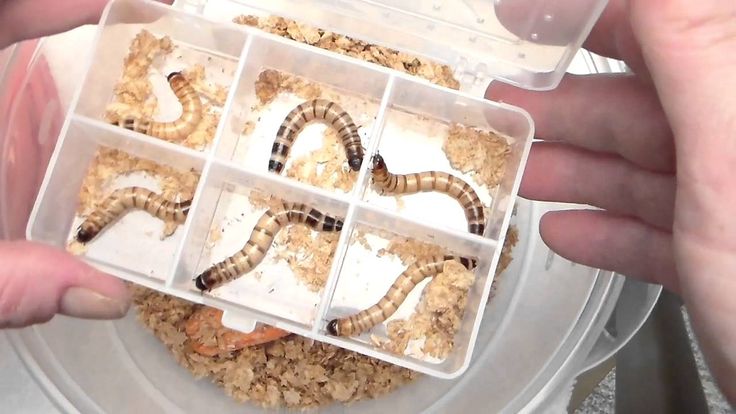
Details follow below for each staple food:
- Butterworms
- Hornworms
- Mealworms
- Superworms (morio worms)
- Phoenix worms
- Silkworms
- Waxworms
Did you know you can order your bearded dragon worms right from Amazon?
Worm Life Live Large 100 Gut-Loaded Superworms (2 inches)
View Price on Amazon
Deals on Chewy
We earn a commission if you click this link and make a purchase at no additional cost to you.
Butter Worms
Butterworms, also known as trevo worms, are a staple feeder insect of a dragon’s diet.
They are high in calcium and can be kept in the fridge for a long time.
Then, gut load them before feeding for more nutrition.
Note: Gut loading can be done with all live worms and insects.
When you gut load, you provide the insects or worms nutrient-dense food the day before feeding them to your bearded dragon.
Hornworms
Hornworms are a type of caterpillar that can grow up to 4″ inches long.
These are popular with bearded dragons because their movement draws them in to eat quickly, and they’re packed with calcium and water.
These are often given as a special treat or snack because they’re more expensive.
We have an article dedicated to how many hornworms to feed bearded dragons for more information on this feeder insect.
Meal Worms
The mealworm is often a staple live food for both the adult bearded dragon and baby bearded dragon, but they shouldn’t be.
If you ever had a reptile in your high school science class, you probably fed them mealworms.
Mealworms are high in fat and low in protein, which can cause obesity in bearded dragons if fed too much.
These should not be fed to young bearded dragons.
As a treat, though, bearded dragons love their flavor and will gobble them up.
Super Worms
Superworms are a healthier version of mealworms.
They have more protein and less fat, but they’re still low in calcium.
As a treat or snack, this is a healthier alternative to mealworms.
I recommend only feeding your young bearded dragon superworms once a week.
Here’s our article on how many superworms to feed bearded dragons for a more detailed guide.
Phoenix Worm
Phoenix worms are a great choice as the staple worm for your bearded dragon.
They’re high in calcium, protein, and phosphorus, which they don’t need to be gut-loaded.
And even if you do your best to get your pet enough calcium, they often need more so, here’s our guide to the best calcium supplements for your bearded dragon.
Silkworms
Silkworms are very small, but they’re also packed with nutrients like:
- Iron
- Magnesium
- Vitamins B1, B2, B3
- Sodium
- Calcium
These are great for young bearded dragons.
Wax Worm
Waxworms are another treat feeder insect.
Unfortunately, they’re large, making them only suitable for adult bearded dragons and high in fat.
Woah! Look at this!
Want the ultimate guide to owning bearded dragons?
We've cut out all the confusion of owning bearded dragons in this easy-to-read ebook. It'll help you save money and ensure your pet lives its best life!
Pros:
- Save Money
- Save Time
- Avoid Mistakes
- Longer Pet Lifespan
Click to Learn More
Conclusion
Nevertheless, worms are an essential part of a healthy reptile’s diet.
But it’s important to know what the best worms for your juvenile bearded dragon are as a responsible bearded dragon owner.
Ensure the worms you use are high in nutritional content and are always smaller than the space between the bearded dragon’s eyes.
Keeping and Feeding Bearded Dragons
- Keeping Bearded Dragons
- Feeding Bearded Dragons
The Bearded Dragon is a stunningly beautiful reptile that is great for keeping in a city apartment, good contact with people and can become a real pet.
In the wild, these lizards live in the deserts of Australia. Almost all agamas that can now be bought are bred in captivity. The average life span of bearded dragons in captivity is 10-15 years.
Keeping a bearded dragon
Before you bring your dragon home, prepare a place for it. Of course, like any reptile, dragons are cold-blooded animals, so they should be kept in a terrarium. For agamas, it is better to purchase a horizontal glass terrarium, the optimal size is 180 cm wide, 50 deep and 50 high. The terrarium must be closed with a lid so that the lizard does not escape.
Since bearded dragons are hermits, they need a humidity level of 30-40%. The temperature in the terrarium should be at the level of 26-29gr. C, temperature under the heating lamp 36-38gr. C. For this, you can use incandescent lamps or ceramic lamps, you need to hang them at a distance of 45 cm from the place of heating, so that the agama cannot get burned. To monitor the temperature, you need to attach a thermometer to the wall of the terrarium, and you can also use a thermostat.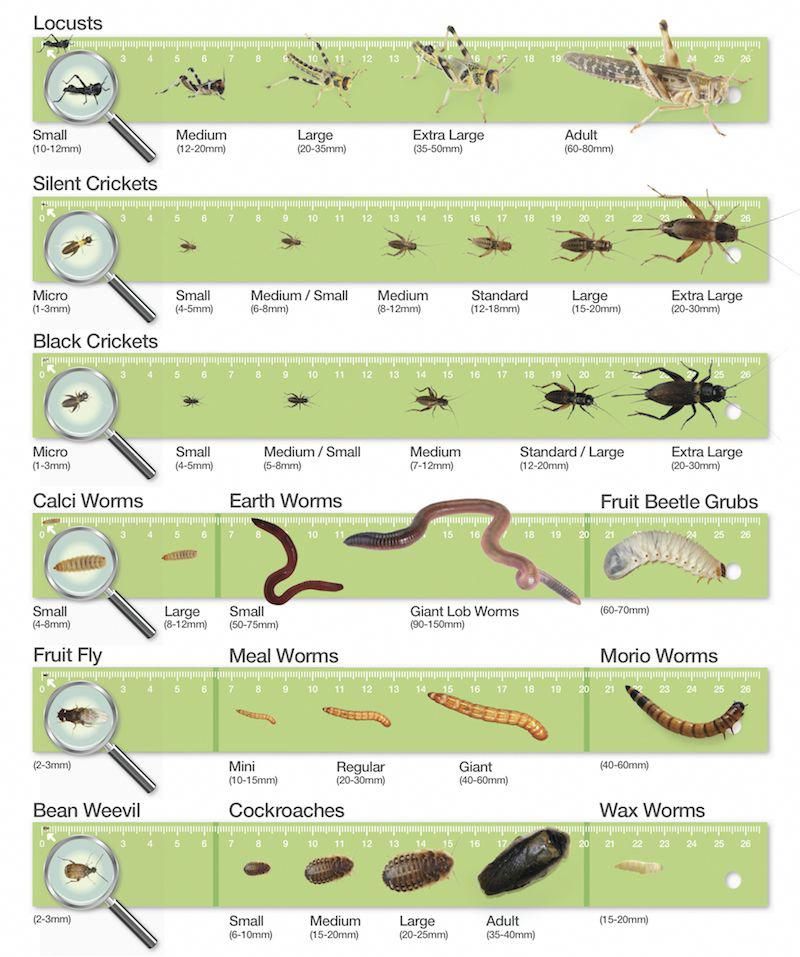
An ultraviolet lamp must be lit along with the heating lamp throughout the day. Reptiles require UV A and B spectrum lamps. These lamps are available from terrarium and aquarium stores. Day mode: 14 hours - daylight hours, 10 hours - night time.
Sand and pebbles at least 10 mm in diameter are most often used as soil. Sand is poured in a layer of 10 cm, so that, if desired, the lizard can burrow into the ground. There are also ready-made terrarium mats that are sold in pet stores (not rubber mats).
The terrarium should be equipped with branches (no bark), rocks (from the pet store) and a shelter where the dragon can hide if desired. It is better not to put artificial and live plants in the terrarium, as the agama will eat them.
To improve life processes (prevention of diseases, help with molting), the agama can be bathed in a small bath, so that the head is always on top, with a water temperature of 29-32 gr. C. This procedure should be done 1-2 times a week.
General cleaning in the terrarium is enough to carry out once a month (wash the entire terrarium, equipment, change or clean the soil). Food and faeces should be removed as soon as they appear.
Bearded dragon feeding
In the terrarium, you can put a container with water to maintain the optimal level of humidity, a drinker, but not all lizards drink from it. You can spray the agama once a day, and she will lick the droplets from her body, or give moistened greens.
Bearded dragons are omnivorous lizards. In nature, they eat everything from leaves and stems to small mice and chicks. Therefore, at home, it is quite easy for them to choose the right diet.
For plant food, leafy vegetables (Chinese cabbage, lettuce, spinach), vegetables (carrots, green beans, peas, peppers, tomatoes, zucchini, eggplant), fruits (pitted apples, bananas, grapes in small quantities) are suitable for them. , juicy green food (dandelion, clover, wheat leaves, germinated oats).
Mealworm, zoophobus, crickets, cockroaches and newborn mice are suitable for animal food. All these "products" can be bought at the pet store. For feeding worms, you need a bowl with high edges so that they cannot crawl out and burrow into the ground. It is better to feed crickets and cockroaches in a separate small terrarium or a plastic jig, a basin is not suitable for this, as crickets can jump out. You can also feed insects with tweezers. You just need to do it carefully so that the agama does not bite on the tweezers themselves, otherwise it can break its face.
Ready-made food for lizards and vitamin-mineral complexes for reptiles can be added to these feeds as top dressing. In Russia, such drugs as Reptilife (Agrovetzashchita), Reptolife (Tetra), Wordley (Calcium and Multivitamin) are common.
Young bearded dragons (up to 5 months old) should be fed 3 times a day so that animal food makes up more than half, and vegetable food less. "Teenagers" can be fed once a day, adult agamas (after 18 months) should be fed every other day so that they have less than half of animal food, and more vegetable food.
Can bearded dragons live without crickets?
BEARDED AGAMAS
It's no secret that bearded dragons love insects. Insects make up the majority of their diet in the wild and should make up approximately 75% of the diet of an adult bearded dragon in captivity (fruits and vegetables make up the other 25%).
Can bearded dragons live without crickets?Crickets are a popular protein option for bearded dragons. They are relatively inexpensive, do not hide immediately when placed in a dragon cage, and are easily digested by dragons due to their softer exoskeleton. But what if you hate those fun little bugs and want to get rid of them completely?
Can bearded dragons live without crickets? Yes, bearded dragons can live without crickets in their diet. You just need to make sure you meet all of their nutritional needs.
After all, crickets are noisy, smelly and great escapers. Read on to find out how you can successfully replace them in your dragon's diet.
Proper feeding of the bearded dragon
Bearded dragons are omnivores. This means that they naturally consume both meat (in the form of insects) for protein, and plants (or fruits and vegetables). To stay healthy, they need a varied diet.
Baby bearded dragons need to be fed no more than three times a day and their diet consists mainly of insects. Young bearded men usually need to be fed once a day. Adults can be fed every day or every other day, depending on their appetite and individual needs.
If your bearded dragon is not eating enough, you should consider giving him more food next time. Also, be sure to remove any uneaten insects from your bearded dragon cage at the end of the day.
Bearded dragons also need calcium, especially in infancy when their skeletal system is still developing. As a general rule, veterinarians generally recommend lightly dusting calcium powder not containing vitamin D3 2-3 times per week.
In addition, you should sprinkle their food 2-3 times a week with calcium powder that contains vitamin D3 (4-6 times a week in total).
Young dragons need calcium supplementation a little less often, about 3-4 times a week.
Calcium powders adhere best to moist foods such as fruits and vegetables. You should offer these crushed portions of vegetables and fruits to your dragon before the rest of the meal so that he eats them all.
Bearded dragons need vitamin A, which they get mainly from the vegetables you add to their diet. They also need iron, especially at a young age. And don't you know, crickets are a great source of iron...
Bearded dragons can also get plenty of iron from leafy green vegetables and iron supplements from your veterinarian. You have options!
Lastly, make sure your dragon is always provided with a bowl of fresh water and is bathed regularly (which gives it a chance to drink as well as additional health benefits). Even though they are desert dwellers by nature, bearded dragons should have ample opportunities to drink water.
Important things to know when feeding your Bearded Dragon
As you might have guessed, the age of the is an important factor when it comes to the diet of the Bearded Dragon. Young bearded dragons have a larger appetite and require more protein and insect fat for their growing bodies. Adult dragons generally have a smaller appetite and may consume more vegetables than insects.
Young bearded dragons have a larger appetite and require more protein and insect fat for their growing bodies. Adult dragons generally have a smaller appetite and may consume more vegetables than insects.
The presence of insects is also an important factor. Bearded dragons will happily eat just about any bug you give them, so it's perfectly fine to stock them with whatever you can best afford financially.
This may or may not include crickets. Remember that you should never feed your bearded dragon any insects you catch in the wild or in your backyard.
The safety of is a common problem, especially with young, voracious dragons. These babies tend to swallow loose substrate, especially sand and gravel, along with their food. It is not recommended to use sand as a substrate for bearded dragons for a number of reasons, and this is one of them.
To prevent swallowing the substrate, you can use a bowl or feed the dragon by hand (fingers or tweezers).
![]()
You also need to carefully monitor the amount of food you feed your agama. Do not give pieces of food larger than the distance between the eyes. Feeding a dragon too much food can cause a host of health problems, including intestinal obstruction.
Also, don't overfeed your dragon. Overfeeding includes both feeding it too often and feeding it a lot of high-fat insects (such as fat worms).
WHAT can I feed my bearded dragon?
You have a whole range of insects that you can give to the bearded dragon besides crickets.
Bearded dragons should be given small, easily digestible prey. Meal worms are a great option.
Adult bearded dragons can eat mealworm, zoophobus, crickets, cockroaches and newborn mice. All these "products" can be bought at the pet store. For feeding worms, you need a bowl with high edges so that they cannot crawl out and burrow into the ground. It is better to feed crickets and cockroaches in a separate small terrarium or a plastic jig, a basin is not suitable for this, as crickets can jump out.
Numerous vegetable varieties are quite acceptable for agamas. Such as carrots, pumpkins (without peel and seeds), zucchini, arugula salad. However, several varieties of lettuce and herbs are high in acid. Such as spinach and parsley, these varieties should not be consumed frequently and only in small quantities. High acid content can cause calcium deficiency and kidney disease.
Tomatoes and cucumbers as the culprit of loose stools in bearded dragons!!!
Feeding tomatoes and cucumbers can cause diarrhea in dragons from high water content. Prolonged eating of these vegetables leads to disruption of the intestinal flora, so that parasites and bacteria can spread easily and quickly. If this happens, it must be taken into account that the animal always has fresh water to restore fluid loss. Next, blackberry leaves, dandelion, scalded with boiling water nettles are useful for intestinal diseases. Also dried herbs and leaves, since fiber plays an important role in the treatment, only it can counteract diarrhea. These dry foods must be mixed with fresh food. If the diarrhea continues, a doctor is required to prevent "dehydration" of the bearded dragon.
These dry foods must be mixed with fresh food. If the diarrhea continues, a doctor is required to prevent "dehydration" of the bearded dragon.
What not to feed a bearded dragon
There are some insects and plants that you should never feed a bearded dragon.
Fireflies or any other insect or worm that "glows" should never be given to a dragon. The chemical that makes these insects glow is highly toxic to dragons.
Never feed insects that you catch in the wild to your bearded dragon. The nutritional value of wild insects is unknown, and they can be a source of pesticides and other harmful substances that can pose a serious threat to the dragon's health.
Also, don't feed your bearded dragon a lot of spinach, broccoli or parsley. These vegetables are high in goitrogens, which can negatively affect your dragon's thyroid function.
We must refuse a constant diet of fruit, as the fruit sugar and possible acid can negatively affect the well-being of the agama.